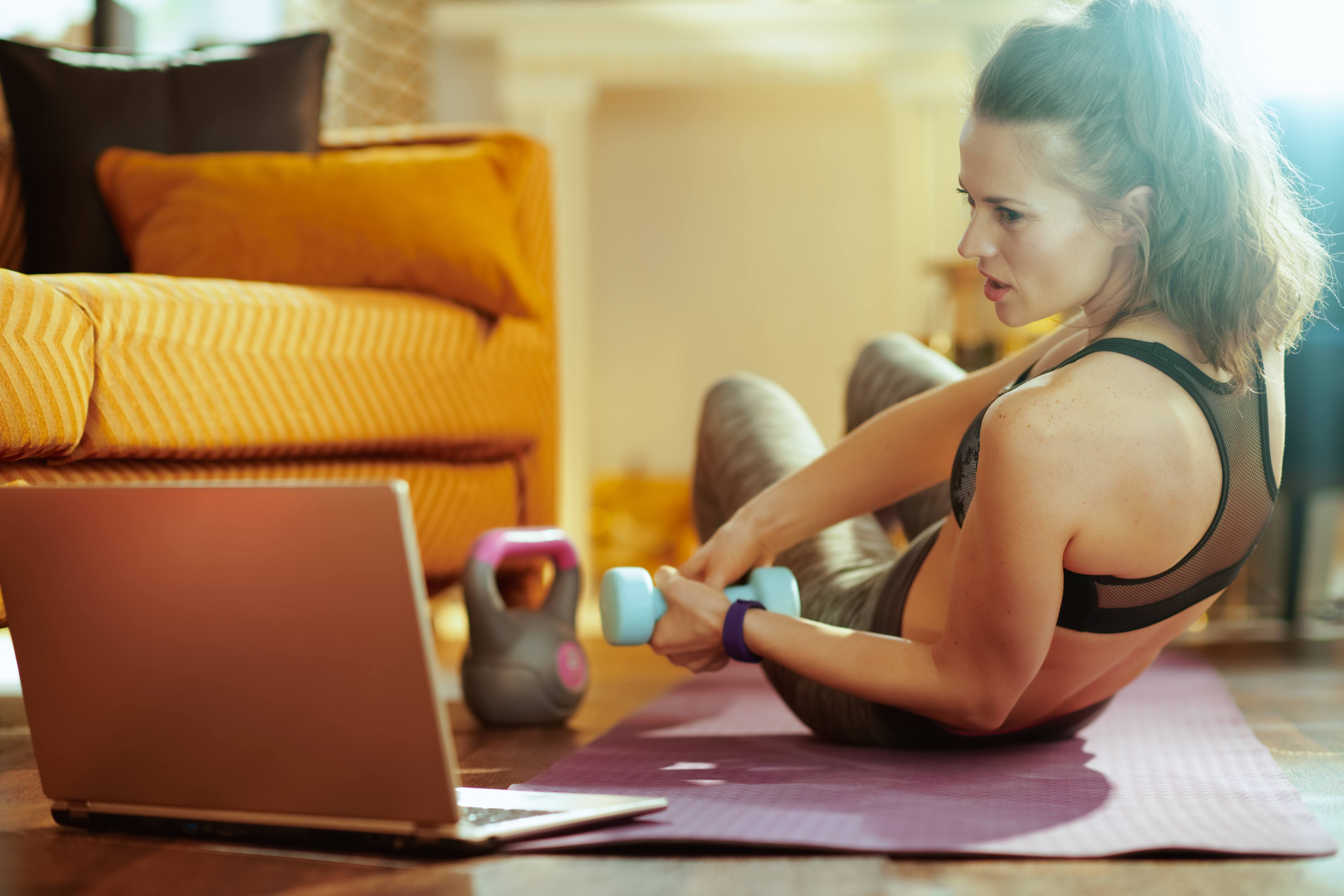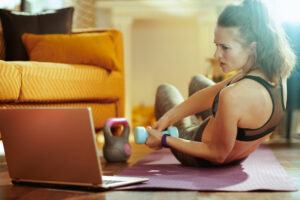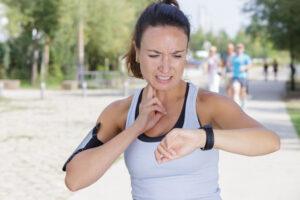
Do you have arthritis that causes your joints to ache? If you are suffering from joint pain due to arthritis, it is still important to move your body. In fact, regular exercise helps lubricate your joints and deliver oxygen and nutrients to the joint tissue to enhance joint health.
Why is movement so important for joint health? If you don’t move your body regularly, you’ll lose muscle tissue, and your joints and muscles will stiffen up and become sorer. Over time, lack of movement can lead to diminished functionality and the ability to do the things you enjoy.
Strong muscles support your joints, so keeping the joint strong is essential for managing arthritis symptoms and improving your long-term health. Plus, staying physically active will improve other facets of your health, including cardiovascular fitness and help with weight control.
What type of exercise is best if you have achy joints? It’s safest to get the okay from your physician, who knows your medical history, before starting an exercise program, but here are five exercises that most healthcare providers agree are safe for your joints.
Walking
Walking is an exercise that’s accessible to most people, and you can do it outdoors. Studies show that exercising in nature has benefits you won’t get from exercising in a gym or other indoor environment. For example, nature has a calming effect on the nervous system. Unlike running, where both feet leave the ground at the same time, walking is a low-impact exercise and the motion of swinging your legs increases joint lubrication and reduces stiffness.
If you have achy joints, use pain as your guide and don’t walk at a pace that’s uncomfortable for you. It’s safest to walk on level ground and avoid hills if you have arthritis. Make sure you’re wearing the right shoes. Invest in a pair of exercise shoes made for walking that have good support and enough padding to reduce impact on your feet and legs when your feet strike the ground. Start slowly with a 10-minute walk and gradually build up time or distance. If your joints hurt, cut back on the distance and give yourself more recovery time between walks.
Water Exercise
The Arthritis Foundation recommends water aerobics for arthritis sufferers and those with arthritis. Why? The buoyancy of the water takes the stress off your joints and makes it possible to get an effective workout safely. If you prefer, swimming laps is another way to get a safe workout for your joints. If you do it without stopping, you’ll also get cardiovascular benefits. So if you have access to a heated, indoor pool, take advantage of it. The warmer water is soothing to the joints.
Stretching Exercises
Arthritic joints benefit from gentle stretching to lengthen the muscles and reduce stiffness. With a regular stretching program, you’ll gain greater joint flexibility. That matters! When you’re more flexible, you’re better able to carry out your daily activities. Therefore, flexibility increases functionality and mobility. Another option is to join in a yoga class. According to the Arthritis Foundation, regular yoga practice can improve joint flexibility, functionality, and reduce joint pain and stiffness.
Strength Training
Everyone, including people with arthritis, needs strength training to reduce age-related muscle loss. But strength training has special benefits for those with arthritis. Strong muscles provide more support for the joint and better absorb shock. Studies show that strong quadriceps, the muscles in the front of the thigh, can improve the symptoms of knee arthritis and even slow loss of cartilage. Strong quadriceps also help stabilize the knee joint.
When training with weights, use lighter weights and higher repetitions since they’re safer for arthritic joint. To get benefits, make sure you’re fatiguing the muscles you’re working.
Aerobics Machine
Even if you can’t do high-impact exercise, there are still low-impact ways to get a cardio workout. A stationary or recumbent bike is an effective way to get a cardiovascular workout without impacting on your joints. Increase the challenge by doing interval cycling workouts. Cycle at a leisurely rate for 30 seconds and then go all out for 30 seconds. Keep alternating back and forth. An elliptical machine is another alternative that’s easy on the joints. If you keep the platform level without adding an incline, walking on a treadmill is a safe way to boost your heart rate for cardiovascular benefits.
Bottom Line
Before starting an exercise program with arthritis, check with your physician first, but here are the best options if you have arthritis. Prior to doing any form of exercise, do a 10-minute dynamic warm-up to increase your core body temperature and ensure that your muscles are ready to work. Do a slow cooldown at the end and gentle stretching.

Arthritis Foundation. “Yoga Benefits for Arthritis”
MedPageToday.com. “Stronger Quads May Benefit Arthritic Knees”
Amin S, et al “Quadriceps strength and the risk of cartilage loss and symptom progression in knee osteoarthritis” Arthritis & Rheum 2009; 60(1): 189-198.




